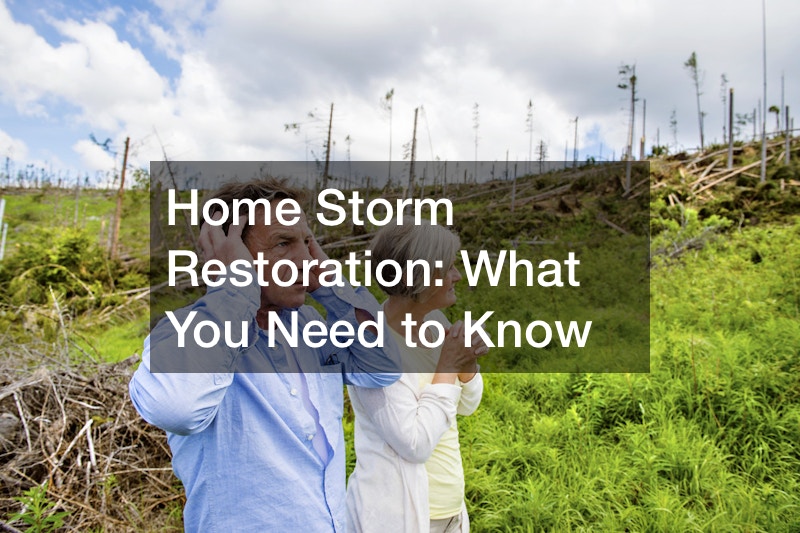orm.
Take pictures of the exterior and interior of your home, if you can. Make sure to take pictures from the areas in your property that are more likely to sustain damage, like windows and doors. To show water stains are eliminated, it’s an excellent option to capture photos of your walls and ceilings.
People often need roofing services after a storm, but you shouldn’t try to climb your roof before it gets hit by a storm. Take photos on the ground. It is also possible to find receipts or documents for roof repairs in the past.
In the event of a home storm restoration can be challenging That’s why it is important to gather plenty of evidence to support your claim. It’s difficult to take pictures before a storm. If you’re able to effectively take photographs that are safe, it’s difficult to contest the proof.
Be Careful of Your Health
Your home is typically safe, but a severe storm could pose danger. Make sure you stay away from the flood waters even when it’s very deep. Do not drive in areas of flooding if you are evacuating your home. The vehicle may stall due to the flood or get swept away.
Avoid lighting candles if you are lacking power or you do not have a backup generator. The use of candles can create a fire hazard, especially in the event that you are asleep and don’t bother setting the candles out. You can instead use flashlights to illuminate the area needed.
In the aftermath of a storm carbon monoxide poisoning poses a significant danger. Check that your carbon monoxide detector functions prior to the storm. If you can smell gas anywhere, or if you are concerned about a gas leak, turn off the main gas valve and get out of your home when it is safe to do so.
You should not drink tap water in the aftermath of storms regardless of whether the water is running. If you don’t have bottled water at hand, boil t
ya6o7rvim7.
